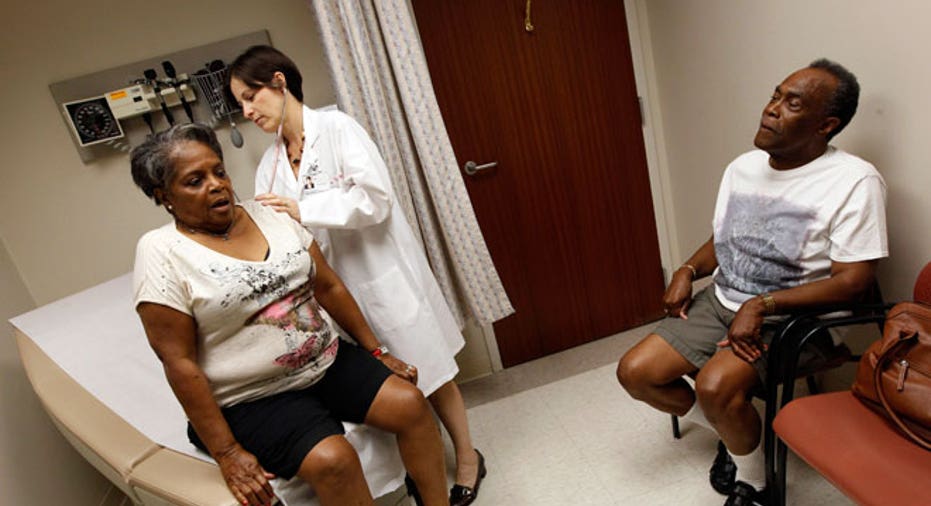What's Keeping You Up at Night: Affording Medical Bills

Imagine that you are steadily climbing the ladder in your career, have a great family life with two well-adjusted teenagers, and a beautiful home. The future could not look brighter.
Then...bam! Out of the blue you suffer a stroke. Or are diagnosed with cancer. The doctors happily assure you that you will survive since they caught it early. You sign up for the best medical care possible, but the treatment means taking several months off from work.
The first thought of your prognosis is probably one of joy. But if you’re like most people between 40 to 60 years old, about a pico-second later you’re thinking, “How am I going to afford this?!”
According to Sun Life Financial, a major player in the insurance arena, Americans between 40-50 years old are twice as afraid of the financial consequences of a critical illness than they are of dying from it. And for good reason: The inability to pay medical bills is the No.1 reason cited for filing for personal bankruptcy, responsible for 50-60% of cases each year.
Single individuals are especially concerned about not being able to afford an illness with the lack of spousal support bringing in an income; you can run through whatever savings you have pretty quickly. Compared to other sub groups, single women who were four times more worried about medical costs.
Thirty-seven medical conditions meet the definition of “critical illness,” according to the Life Insurance Association. They include “major” cancers, heart attack, some (but not all) types of stroke, severe burns, blindness, kidney failure and a host of other illnesses you hope that you- or someone you love- never encounter.
While having health insurance certainly reduces the financial burden, a number of expenses are either only partly covered, or not at all. According to Sun Life, on a weighted average basis, a critical illness will set you back $7,500. If you have a heart attack, or stroke your out-of-pocket cost will double--even if you have health insurance.
Understandably, most of us don’t like to think about coming down with a severe medical condition. We tend to think that’s something that happens to “other” people. Or, we assume we’ve got the financial part covered thanks to our employer-sponsored health insurance.
Big mistake.
In a survey of 4,000 American workers, a third (36%) believe that their work-based health plan included the cost of a prolonged “critical illness.” However, according to Bob Klein, a senior vice president with Sun Life, on a nationwide basis, only about 5% of employees have this coverage.
Critical illness insurance is different than health insurance. It’s a totally separate policy. Unlike disability insurance, which pays monthly and is designed to cover your bills, critical illness insurance pays you in a lump sum. This means, according to Klein, that you can spend it any way you want: to cover child care expenses when you are at therapy, a dog walker, or taxi cabs to take you to radiation treatments because the medicines you’re taking make it impossible for you to drive.
Critical illness insurance can be inexpensive, especially if it is purchased through your employer because this allows the insurance company to spread the risk over more individuals. According to Sun Life, a 45-year old non-smoker would pay around $1.71 per month ($205 per year) for every $1,000 of coverage. The cost drops if you are younger or if you buy a policy that pays $25,000 or more.
If your employer doesn’t offer you the opportunity to buy critical illness insurance, just wait. It could be coming. With Obamacare looming on the horizon, Klein says many companies “are trying to find ways to shift the cost and deal with the uncertainties of health-care reform.” One way to do that is for an employer to switch to a high-deductible health insurance plan. Translation: before insurance coverage kicks in, an employee has to pay a higher out-of-pocket amount.
To offset this, Klein predicts more companies will be offering workers the option of buying critical illness insurance. If a qualifying medical expense occurs, the insurance “gives employees the opportunity to cover the higher deductible.”



















